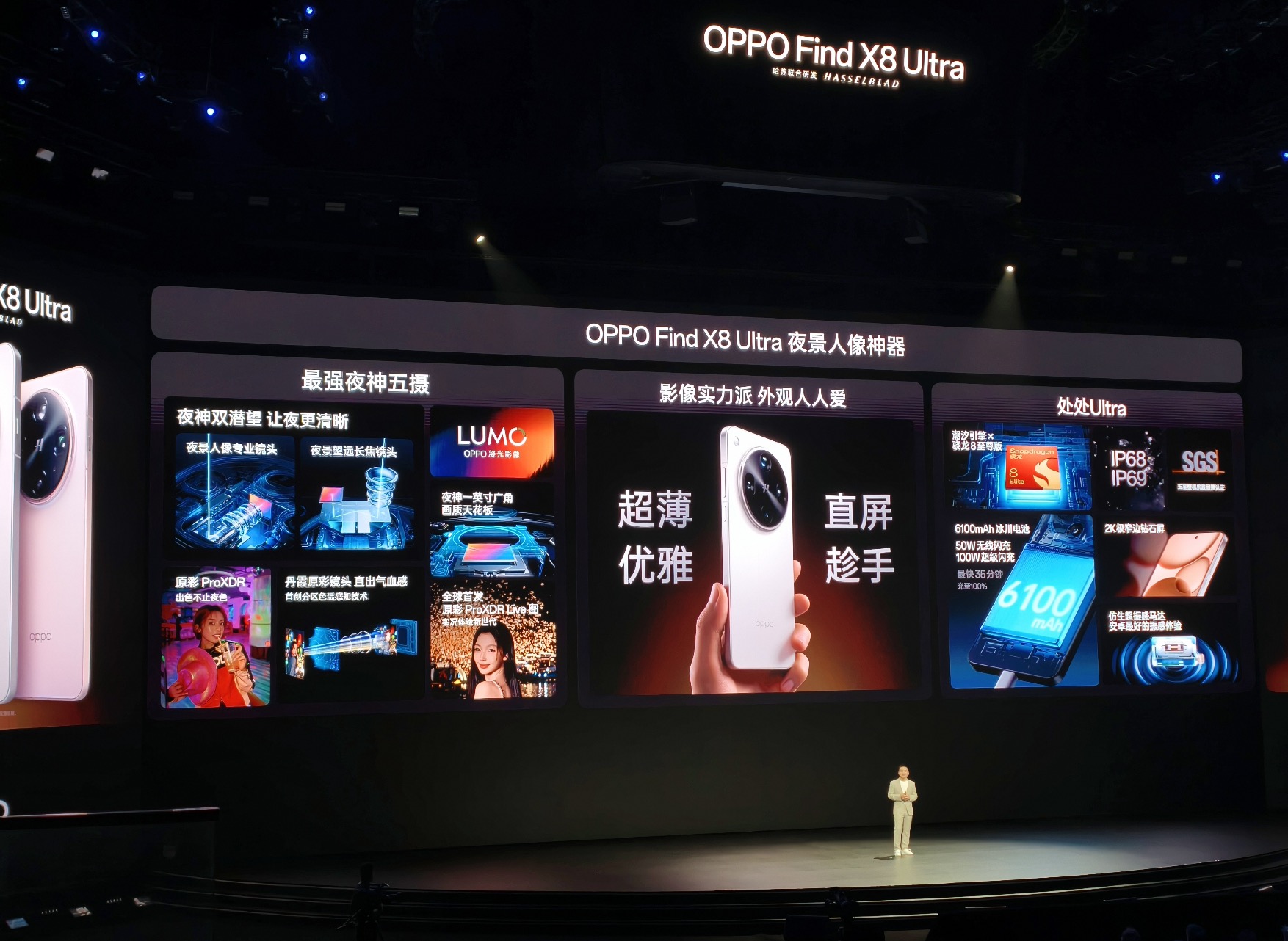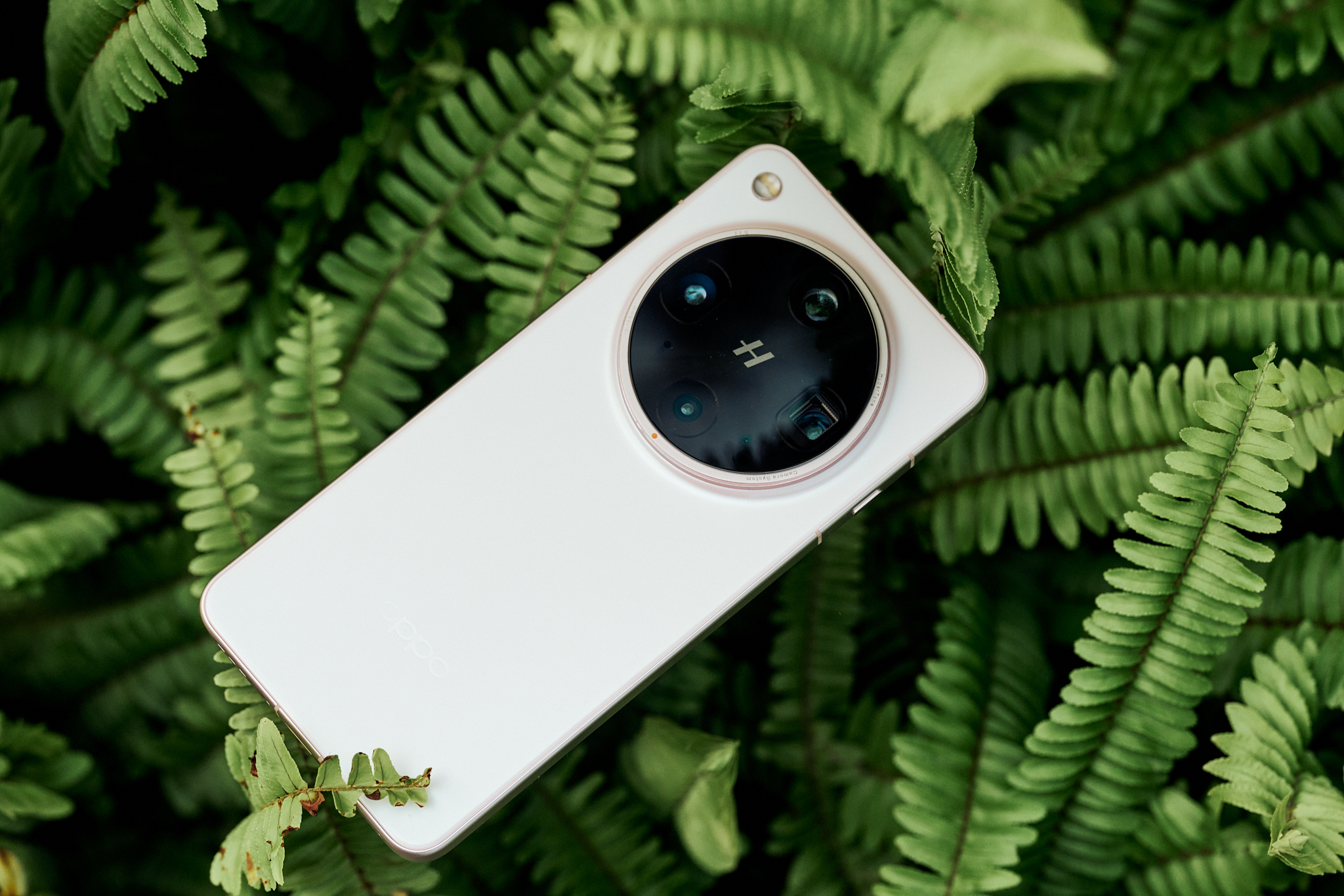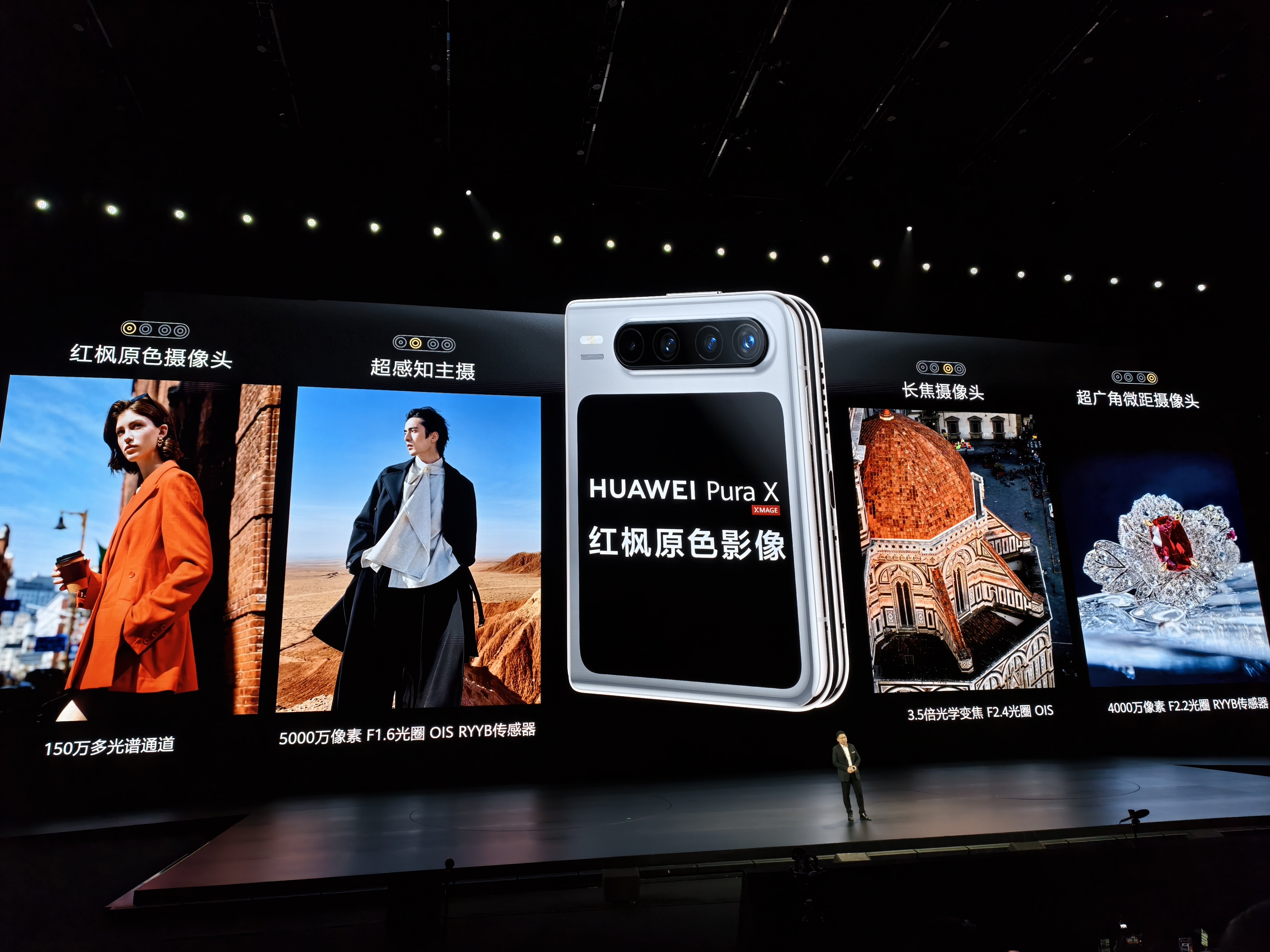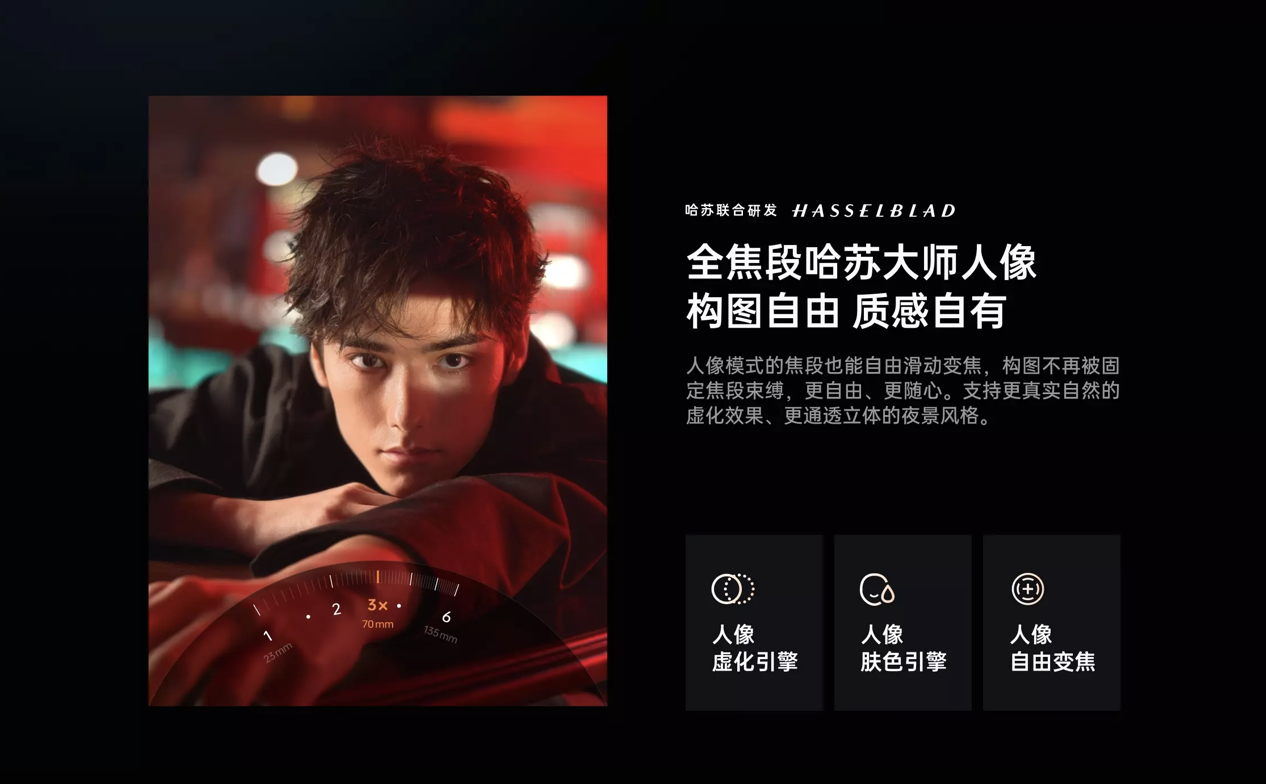Rising Trend of Semi-Finished Phones: When Will Manufacturers Cease 'Boarding Before Buying Tickets'?
![]() 05/08 2025
05/08 2025
![]() 571
571
OTA updates are not a panacea.
Recently, Lei Tech was invited to OPPO's Find X8 Ultra launch event, where OPPO showcased various imaging features and specifications, delighting photography enthusiasts like Xiao Lei.
As Xiao Lei deliberated whether to upgrade his current flagship to the OPPO Find X8 Ultra, he encountered numerous online reviews. Most indicated that the experience fell short of the launch event's hype, and crucially, many features and specifications were yet to be released.

(Image source: Lei Tech)
OPPO's Find X8 Ultra is not an isolated case. Despite the market's 'perfection before release' mantra, the practice of 'boarding before buying tickets' persists.
The release of 'semi-finished' phones seems to have become a market trend, and worryingly, this trend is unlikely to change soon.
Who is to blame for this trend?
During OPPO's launch, the company announced that features like ProXDR live photos, live photo shooting in master mode, an upgraded Hasselblad portrait mode, and a new video creation mode would be rolled out later. However, it was only recently confirmed that these updates would start in May, with full rollout expected by August.

(Image source: OPPO Official)
In other words, until August, the OPPO Find X8 Ultra was a 'semi-finished phone' in terms of imaging.
Some may argue, 'Isn't this great? At least you get new features every month, as flagship models deserve.' Early on, OTA update frequency was a measure of a manufacturer's product commitment.
However, these features should have been included from the outset. Releasing products first and then optimizing through firmware upgrades is detrimental to market health. So, why do manufacturers boldly release semi-finished phones despite user criticism?
The root cause lies in fierce competition.
Lei Tech previously wrote about manufacturers frequently releasing 'S' suffix phones, noting shorter launch intervals. Flagship models used to update annually, then every eight to nine months, and now every six months on average.

(Image source: Lei Tech)
Both manufacturers and SoC vendors are accelerating. Qualcomm and MediaTek's flagship chip releases have shifted from year-end to around September. With competitors and supply chains speeding up, manufacturers must follow suit.
The shortened timeframe is just one factor; the workload increases too. Imaging is a prime example. Rapid advancements in mobile imaging, including self-developed chips, large sensors, and high-megapixel lenses, have boosted capabilities.

(Image source: Lei Tech)
Today's mobile algorithms are complex, requiring teams to adapt for each sensor, chip, format, and style filter. Even top manufacturers like OPPO and vivo struggle to output fully adapted algorithms quickly.
With faster release schedules, optimizing products to perfection before launch has become nearly impossible for most manufacturers.
Don't let 'lack of time' be an excuse for failure.
Manufacturers have a compromise: release a 70/100 product and optimize to 90/100 through OTA updates. If achievable, this seems acceptable.
However, Xiao Lei worries that if a phone's launch performance is merely passable, even if optimized to 90/100, it harms first-time users' experience. Who wants to spend thousands only to wait for optimizations?
More concerning is whether subsequent optimizations will meet expectations. Feature upgrades and optimizations are mere promises. If manufacturers fail to deliver, there's little recourse.

(Image source: OPPO Official)
In the long run, this could tarnish manufacturers' flagship products and brand reputation.
The OPPO Find X8 Ultra is a flagship with high strategic significance. If its reputation falters, users may lose trust in the entire brand. Hence, it will continue to receive optimizations.
But what about lower-end products or last year's flagships? Will they receive similar treatment? Will optimizations be timely and effective? These are unknowns.
Some may point to iPhone, noting Apple's years of updates. True, but Apple releases three to four products annually, unlike domestic manufacturers with dozens (low-end, mid-range, flagship, foldable, etc.).
Moreover, iPhone has also painted rosy pictures with unfulfilled AI promises. Thus, this issue affects not just the domestic market but also international giants.
Everything is a double-edged sword. Users want products to get 'stronger' over time, akin to 'raising a pet.' OPPO's Find X7 Ultra significantly improved with updates, and ColorOS soared in popularity.
This continuous positive feedback can be enjoyable for users.
It also suggests a new path for manufacturers: if firmware updates bring positive feedback, they can rapidly enhance product recognition and brand reputation. However, the product's launch performance cannot be too poor, at least reaching 80% of the 'hype stage,' or sales and reputation will suffer.
OTA cannot change the essence of 'boarding before buying tickets.'
In this competitive environment, manufacturers have 'invented' strange 'innovations,' with continuous software OTA enhancements being a prime example.
Xiao Lei understands this is a reluctant move, but it's a double-edged sword. On one hand, users deserve this experience; on the other, if OTA falls short, reputation and sales will suffer. Therefore, Xiao Lei hopes manufacturers prepare most capabilities before release, so first-time users feel the product's charm and don't lose confidence.
More importantly, Xiao Lei opposes 'boarding before buying tickets' becoming a market trend. While updates can enhance the experience, using them as an excuse to release 'semi-finished' products is backward.
Source: Lei Tech





